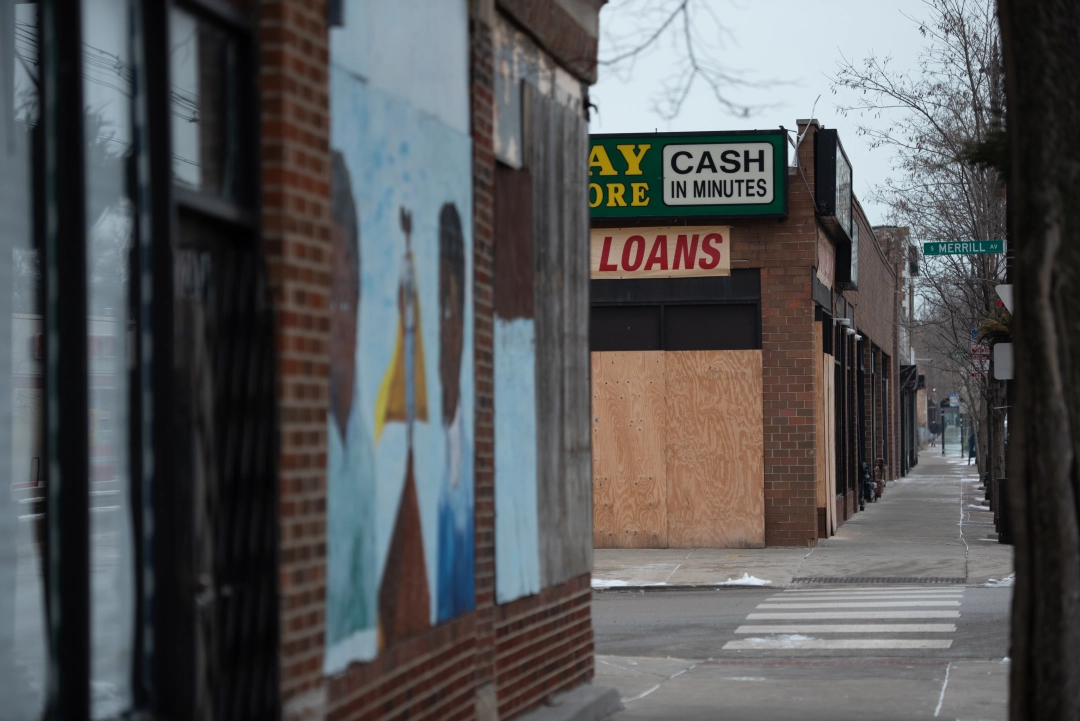The affordable housing crisis is a complex and persistent problem that affects millions of people across the United States. It is a problem that affects people of all ages and backgrounds and has far-reaching consequences for individuals, communities, and the economy as a whole. The lack of affordable housing options leads to homelessness, poverty, and economic inequality, and it exacerbates existing problems in communities that are already struggling. In this article, we will explore the key factors contributing to the affordable housing crisis, including the lack of incentives for non-affordable housing projects, zoning and housing issues, the impact on homeowners, and the effect on economic growth. Through a comprehensive analysis of these factors, we will gain a deeper understanding of the challenges faced by those affected by the affordable housing crisis and the steps that need to be taken to address this pressing issue.
Lack of Incentives for Non-Affordable Housing Projects
The TIF (Tax Increment Financing) program is a popular tool used by government officials to incentivize affordable housing projects. While this may seem like a positive step in addressing the affordable housing crisis, it also has its drawbacks. The TIF program only incentivizes affordable housing projects, meaning that projects that build new engines for generational wealth cannot be funded. This lack of incentives for non-affordable housing projects such as commercial and retail spaces, only exacerbates the problem by limiting the opportunities for residents to access better-paying jobs, thereby trapping them and limiting the economic growth potential of communities and perpetuates the cycle of poverty.
When only affordable housing projects are incentivized, it creates a situation where only extractive projects are being funded by the government. This means that projects that have the potential to create wealth and generate economic growth in communities are not being funded. This, in turn, perpetuates the cycle of poverty in these communities. This is because people in poverty-stricken communities do not have access to the resources, connections, and opportunities that are necessary to escape poverty.
Zoning and Unequal distribution of Affordable Housing
In many cities, aldermen (or councilman) have a significant amount of control over zoning and housing in their wards. This has led to a situation where wealthy neighborhoods are able to deny affordable housing while poor communities are forced to bear the brunt of it. This unequal distribution of affordable housing only exacerbates the issues faced by poor communities and communities of color.
Zoning and housing policies that are influenced by wealth and power can have a negative impact on communities. For example, in cities like Chicago, wealthy neighborhoods have been able to block affordable housing projects that would benefit low-income families. This has led to a situation where affordable housing is not available in many parts of the city, while it is prevalent in other areas that are already struggling with poverty and inequality.
Extractionary Developers
One of the biggest issues with the current affordable housing crisis is the role that extractive developers play. These developers take advantage of incentives and subsidies provided by the government to build affordable housing units, but often at near zero cost. However, despite their low investment, they are able to charge high rents for the next 30 years. This creates a situation where the poorest and most vulnerable members of society are forced to pay exorbitant amounts for substandard housing, all while the developers reap the benefits.
The lack of cost and investment from the developers means that the quality of the housing units is often subpar. These units may not have the necessary amenities and infrastructure to support the residents, and they may not be built to last. This is particularly troubling because these housing units are meant to serve low-income families and individuals who are already struggling to make ends meet.
Furthermore, the high rents that these developers charge can lead to a perpetuation of poverty for the residents of these housing units. With high housing costs, families are left with less money for other essential needs such as food, healthcare, and education. This can create a vicious cycle where families are unable to improve their financial situation and are trapped in poverty for years to come.
It is also worth noting that these extractive developers are not members of the communities they serve and do not occupy the housing units they build. They are only in it for the profit and are not invested in the well-being of the residents. This means that the rents they charge are often another form of neighborhood extraction, draining resources from the community and leaving it with few benefits.
Effects on Homeowners
The lack of affordable housing also has a negative impact on older homeowners who have lived in their neighborhoods for decades. These homeowners may have scraped together enough money to buy a home and are now unable to sell it because affordable housing is unattractive to home buyers. This puts these homeowners in a difficult position, trapped in their homes and unable to move on with their lives.
The lack of affordable housing options also affects the ability of homeowners to sell their homes and move to different areas. This can have a detrimental effect on communities where people are unable to move because they cannot sell their homes. It can also lead to a decline in property values in these communities, which can further perpetuate poverty.
Stagnant Economic Growth
The lack of affordable housing and unequal distribution of affordable housing options can also lead to stagnant economic growth in communities. Piling poor people on top of each other is not a solution to the affordable housing crisis. Creating mixed-income neighborhoods is essential for building the economic base to get people out of poverty.
Mixed-income neighborhoods are critical for generating economic growth and creating opportunities for people to escape poverty. The reason for this is that people in mixed-income communities have access to resources, connections, and opportunities that are not available in poverty-stricken communities. These resources, connections, and opportunities are essential for building a productive and prosperous life.
Imagine being in a community where no one has anything. Your relationships and connections have zero economic value. How are you supposed to get the momentum to live a productive life? This is the reality for many people who live in poverty-stricken communities where affordable housing options are limited. In these communities, people are unable to build wealth, create businesses, and generate economic growth. This lack of economic opportunity perpetuates the cycle of poverty, making it difficult for people to escape it.
In order to address these challenges, it is important for governments and policy makers to take a comprehensive approach to the affordable housing crisis. This includes providing incentives for both affordable and non-affordable housing projects, as well as addressing zoning and housing policies that perpetuate inequality. It is also important to consider the impact that the affordable housing crisis has on homeowners, and to provide them with options that allow them to sell their homes and move to different areas.
Alternative Approaches to Address the Crisis
Mixed-Income Housing
One alternative approach to address the crisis is to promote mixed-income housing. By creating communities with a mix of income levels, it creates a more diverse environment that can foster economic growth and stability. This can lead to increased job opportunities and better social connections, helping to lift people out of poverty.
Community Land Trusts
Community Land Trusts (CLTs) are another alternative approach that can address the affordable housing crisis. CLTs are non-profit organizations that buy and hold land, creating permanent affordability for the benefit of the community. CLTs can provide affordable housing, secure property rights, and foster community control, leading to a more equitable and sustainable future.
Affordable Homeownership Programs
Another alternative approach is to provide affordable homeownership programs. These programs can provide low-interest loans, down payment assistance, and other support to help low- and moderate-income families purchase homes. This can help to build wealth, stability, and security for these families, leading to a better future for both the families and their communities.
Community-Led Development
Finally, community-led development can provide an alternative approach to address the affordable housing crisis. By empowering communities to lead the development process, it ensures that the housing is built in a way that meets the needs and preferences of the community. This can lead to increased social and economic benefits, creating a more sustainable and equitable future.
Conclusion
The affordable housing crisis presents a complex web of problems that extend beyond the simple lack of available units. The current incentives for developers, through programs such as TIF, only encourage extractive practices that further perpetuates the cycle of poverty. The unequal distribution of affordable housing, often dictated by the control of zoning by wealthy politicians, exacerbates existing inequalities and destroys communities. The reality of extractionary developers building these units at nearly zero cost and charging rents for decades only adds insult to injury. It’s time for a change in the way we approach affordable housing. By rethinking our incentives, zoning policies, and prioritizing the well-being of communities, we can work towards creating a more equitable and sustainable future.






